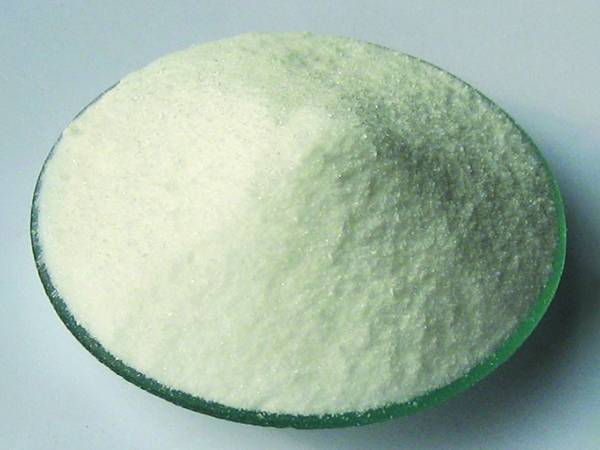



sodium hydroxide production process
The Sodium Hydroxide Production Process
Sodium hydroxide (NaOH), also known as caustic soda or lye, is a highly versatile chemical used in various industries, such as pulp and paper, textiles, soap making, and water treatment. Its production is critical to meet demand in both chemical and industrial applications. There are several methods of producing sodium hydroxide, but the most prominent one is the chloralkali process, which involves the electrolysis of brine (saltwater).
Step 1 Brine Preparation
The first step in the sodium hydroxide production process is the preparation of brine. This involves dissolving sodium chloride (NaCl) in water to create a concentrated salt solution. The brine must be purified to remove impurities, such as calcium and magnesium ions, as they can interfere with the electrolysis process. This is typically done through precipitation and filtration techniques, ensuring that the brine is suitable for efficient electrolysis.
Step 2 Electrolysis of Brine
Once the brine is purified, it undergoes electrolysis in a chlor-alkali cell. This process involves the application of an electrical current to the brine solution. The electrolysis process typically occurs in one of two types of cells diaphragm cells or membrane cells.
1. Diaphragm Cells In diaphragm cells, the brine is electrolyzed in a divided chamber, where the anode and cathode are separated by a porous diaphragm. Chlorine gas is produced at the anode, while hydrogen gas and sodium hydroxide solution are generated at the cathode. The diaphragm prevents the mixing of chlorine and sodium hydroxide, thereby reducing the risk of unwanted reactions.
2. Membrane Cells In membrane cells, a selective membrane separates the anode and cathode compartments, allowing only sodium ions to pass through. This system is more efficient as it minimizes the production of chemical by-products and enhances the concentration of the sodium hydroxide solution. The membrane technology is increasingly favored in modern plants due to its higher efficiency and environmental benefits.
Step 3 Separation and Concentration
sodium hydroxide production process

After electrolysis, the product will consist of sodium hydroxide solution, hydrogen gas, and chlorine gas. The gases are typically vented off, while the sodium hydroxide solution needs to be separated and concentrated. This concentration process can involve evaporation techniques where excess water is removed to obtain a more concentrated sodium hydroxide solution or solid NaOH flakes, depending on the end-use requirements.
Step 4 Purification and Storage
The sodium hydroxide obtained can contain impurities, especially when produced using the diaphragm method. Therefore, further purification may be required, particularly for applications demanding high purity levels. Common methods include ion exchange or crystallization processes.
Once purified, the sodium hydroxide is stored in specialized tanks or containers designed to withstand its caustic nature. Proper handling and storage are vital, as sodium hydroxide can react violently with water and release heat. Safety protocols must be strictly adhered to during all stages of production and storage.
Environmental Considerations
Sodium hydroxide production, particularly through the chloralkali process, raises environmental concerns. Chlorine gas, a toxic by-product, necessitates controlled handling and proper disposal. Additionally, energy consumption in the electrolysis process can result in a significant carbon footprint. Therefore, industries are increasingly adopting more sustainable practices, including energy-efficient technologies and closed-loop systems to maximize resource utilization and minimize environmental impact.
Conclusion
The sodium hydroxide production process is a complex yet essential operation that plays a crucial role in multiple industries. Through advancements in technology and increasing efforts in sustainability, the production methods can be refined to mitigate environmental risks while efficiently meeting global demand. As industries continue to evolve, the importance of safe, efficient, and environmentally responsible sodium hydroxide production will remain a significant focus in the chemical sector.
-
Why Sodium Persulfate Is Everywhere NowNewsJul.07,2025
-
Why Polyacrylamide Is in High DemandNewsJul.07,2025
-
Understanding Paint Chemicals and Their ApplicationsNewsJul.07,2025
-
Smart Use Of Mining ChemicalsNewsJul.07,2025
-
Practical Uses of Potassium MonopersulfateNewsJul.07,2025
-
Agrochemicals In Real FarmingNewsJul.07,2025
-
Sodium Chlorite Hot UsesNewsJul.01,2025










